Chapter 9. Learning Environments
9.1 Welcome
Think Like a Scientist
Learning Environments
By:
FAQ
What is Think Like a Scientist?
Think Like a Scientist is a digital activity designed to help you develop your scientific thinking skills. Each activity places you in a different, real-world scenario, asking you to think critically about a specific claim.
Can instructors track your progress in Think Like a Scientist?
Scores from the five-question assessments at the end of each activity can be reported to your instructor. To ensure your privacy while participating in non-assessment features, which can include pseudoscientific quizzes or games, no other student response is saved or reported.
How is Think Like a Scientist aligned with the APA Guidelines 2.0?
The American Psychological Association’s “Guidelines for the Undergraduate Psychology Major” provides a set of learning goals for students. Think Like a Scientist addresses several of these goals, although it is specifically designed to develop skills from APA Goal 2: Scientific Inquiry and Critical Thinking.
“Learning Environments” covers many outcomes, including:
- Use scientific reasoning to interpret psychological phenomena: Use psychology concepts to explain personal experiences and recognize the potential for flaws in behavioral explanations based on simplistic, personal theories [consider “common sense” as source]
- Demonstrate psychology information literacy: Interpret simple graphs and statistical findings [examine research findings in a graph]
REFERENCES
Barrett, Peter; Davies, Fay; Zhang, Yufan; & Barrett, Lucinda. (2017). The holistic impact of classroom spaces on learning in specific subjects. Environment and Behavior, 49, 425-451. doi:10.1177/0013916516648735
Fisher, Anna V.; Godwin, Karrie E.; & Seltman, Howard. (2014). Visual environment, attention allocation, and learning in young children: When too much of a good thing may be bad. Psychological Science, 25, 1362–1370. doi:0956797614533801.
Godwin, Karrie E.; Almeda, Ma V.; Seltman, Howard; Kai, Shimin; Skerbetz, Mandi D.; Baker, Ryan S.; & Fisher, Anna V. (2016). Off-task behavior in elementary school children. Learning and Instruction, 44, 128-143. doi:10.1016/j.learninstruc.2016.04.003
Mashburn, Andrew. J.; Pianta, Robert C.; Hamre, Bridget K.; Downer, Jason. T.; Barbarin, Oscar A.; Bryant, Donna; . . . & Howes, Carollee. (2008). Measures of classroom quality in prekindergarten and children’s development of academic, language, and social skills. Child Development, 79, 732–749. doi:10.1111/j.1467-8624.2008.01154.x
9.2 Introduction
This activity invites you to test the claim that highly decorated classrooms are the best learning environments for kindergarten students. First, you will describe the ideal kindergarten classroom. Then you will explore evidence from an experiment comparing the effects of different environments on learning. You will also examine alternative explanations for the study’s findings, questioning whether there may be situations in which the findings may not apply. Finally, you will explore the role of scientific research in examining conclusions based on “common sense.”
9.3 Identify the Claim
1.
Identify the Claim
9.3.1 The Ideal Classroom Decor
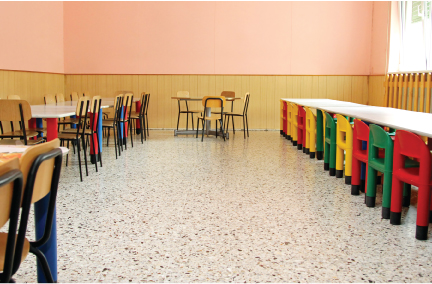
Do you remember your kindergarten classroom? Teachers spend countless hours transforming empty classrooms into engaging environments for their students. Pretend you’re a new kindergarten teacher. The first day of school is approaching and you have to decorate your empty classroom. Imagine that you have been assigned the room shown here.
Question 1.
Ff1AOsA2ZcZ+JXgpjdzknXb/jWxWDqcupEyP0vNALNFPL1TAb0azhWpzCHUxuDAXgVa0ZsuFyRL7xMrToYG3UmB0C0cd6biknj2+/mHhU7hDBYPUtlBZYZOY76VnHb7tIaW3m5kBYV8ghFrKK24OxwPehLLhE+yHZePxwQah6S0NbsRE1PZPlRUWLVJP4GUdHCtrFP1FPJZzfOvIers72k/YgjrMGMOrL2enLNQOnG3JgXyYP7Q+LfJoS3VeJLmwWPlTC0UD9RTIfXKu1ck8X8agPI9S0PRWtjpRB6E310KjiqY467xQnUCityg/vkxpqUv6aq6Qxws=9.3.2 Messages to Teachers
School administrators, teachers, and parents see lots of information describing what a good classroom will look like. Educational supply stores offer vast arrays of classroom-decorating materials, and there are many teacher-created Pinterest boards and blogs dedicated to classroom decoration. Look at this mock Web site, developed from actual Web sites on classroom design. (You can click the image to enlarge.) Below the site, we’ll ask you to identify the claim this site is making.
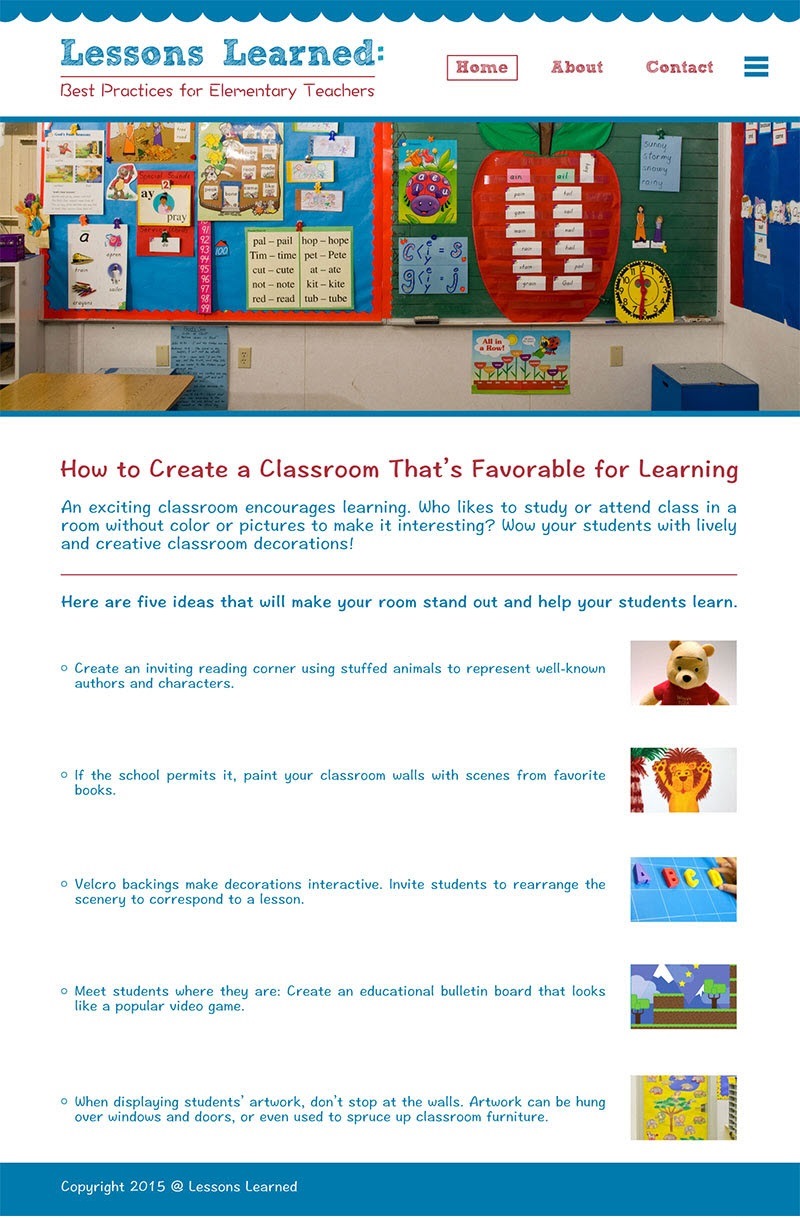
Question
ClrQdu46CGCggBDjWe2VYlgZgTzz0V1m2Nl3Jra8Kvj4AXrnb1gPvualmGwhez9026sRfLCwDLu2Ryt690jiZbT5pmXDisVNkUelsyZQKiziaJ/58OeWuXR2+/8=9.3.3 Choose Your Ideal Classroom
Question
q3iE+B0yUKAytK210agTWX7eowOsX/pk30AbAlOATK4Vmxy53DDG6ICR69fSGzbX5UAAb1Z5RJD7y7ldA9loJPHUM4u9903j39NSn3ODoXuETOrcGZEQJggJjMA9e17yfw6oGwGRIFJ700HxTV8kdsp0pAm2qhLFFMPB6ZHGZEDGe34EJdMXudsKiRc1dRKdeDmmfJkjkghhv/APCPGbwZPz2GVkGI5CNf+nYiADRofYybSkHYcGGOuU/Nbm8rxprKdvNJB3Ouydz0W5CODoVpYHH7s=9.4 Evaluate the Evidence
2.
Evaluate the Evidence
9.4.1 Studying the Impact of Classrooms on Learning
“Common sense” might feel accurate, but it can and should be scientifically tested. Like most of us, psychologist Anna Fisher and her colleagues noted that the typical kindergarten classroom is highly decorated (2014). In this way, kindergarten classrooms are different from classrooms for older students, like the one shown here. The researchers described a negative correlation between student age and classroom décor: the younger the student, the more decorations. Fisher decided to explore the effect of that typical classroom environment on student learning.

9.4.2 Test the Claim
Does a decorated classroom help or harm the learning ability of kindergarten students? To find out, Dr. Fisher and her colleagues had to see whether the same students learned the same material differently in different environments. In their experiment, students were taught science in a classroom that was either highly decorated or sparsely decorated, like those shown here. (A) shows the “decorated-classroom condition,” and (B) shows the bare “sparse-classroom condition.” Students were taught the same lesson in both types of classroom. Type of classroom, then, was the independent variable.
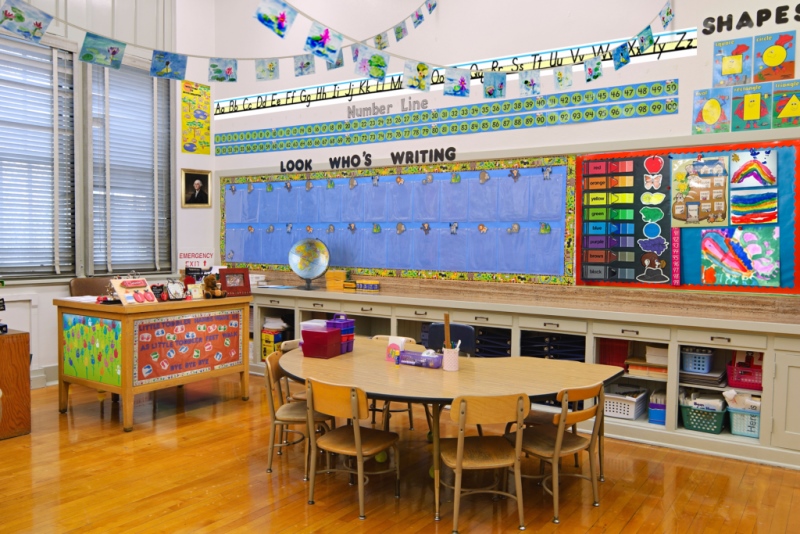
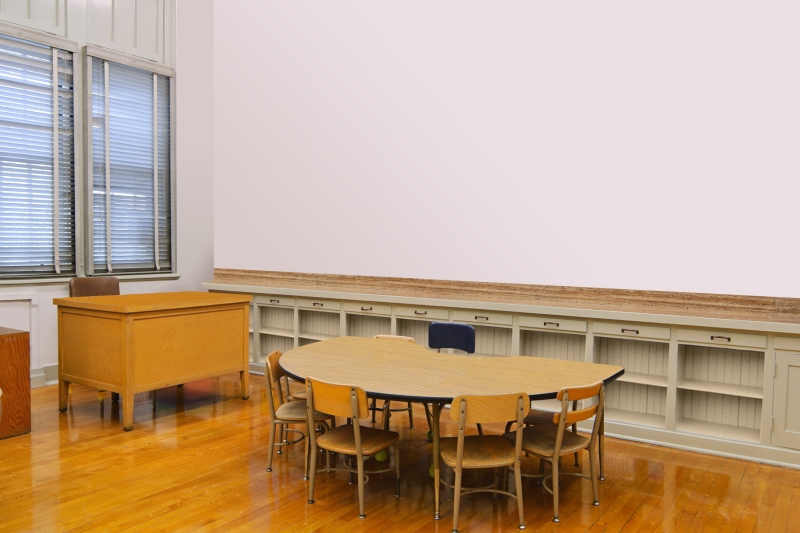
9.4.3 Learning Science in Two Different Environments
All students in the experiment experienced three science lessons in each classroom. In one lesson, the instructor read aloud from a book with information about insects, pausing to show students the illustrations. The example shown here is similar to what the students would have seen.
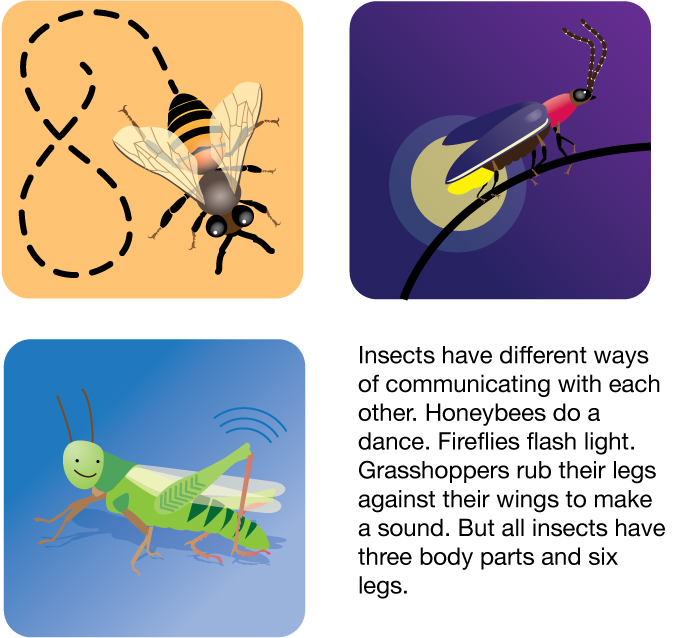
9.4.4 Assessing Students’ Learning in Two Different Environments
After each lesson, students were tested on their learning. For example, they were asked to circle the picture of an insect on a sheet like the one shown here. Test scores in each classroom condition was the dependent variable. The researchers wanted to know whether students’ test scores depended on whether they experienced the lesson in the decorated classroom or the sparse classroom.

Question
S/f1o6cvNKuZ2O4sEFTmPSADVyFk3rdkdl0IfdigqXG9/FRiuRNGoUonleuVaKdj9myws69kOK26z707PyOPF8ORtXoA/XbGGbtMdRlftpLz38dv90Wa7PqWs/GVObGSP6dgxTBuGXHyNWZd0qe/BsoTpZGKRN0ktZzqeIz5qlyMN88cRI5TTJvJER5JutawTASWe5yWpuJVYrubIjjoGdDmzy6yIBpAUxLQiKTJWbWgVAFMAPRgWmrj3iTOBS8EUmrVVR3lDgiCGPvguuKlTQ==9.4.5 Explaining the Results
Did you guess that kindergarteners actually learn information better in sparse classrooms than in decorated classrooms? If so, you were right! As you can see in the graph here, when students learned in the sparse classroom, they answered an average of 55% of the questions correctly. When they learned in the decorated classroom, they answered fewer questions correctly, averaging only 42%. So, now we know that students tend to learn information better in the sparse classroom than in the decorated classroom. But we don’t yet know why. Thinking like a scientist involves asking follow-up questions to understand exactly what is going on.
So, let’s ask: Why did students learn less in the decorated classroom? Distraction is a common problem for young children (Godwin & others, 2016). So, the researchers also measured the time students spent “off task”—that is, on activities other than learning. They found that the kindergarteners were more likely to be distracted in the decorated classrooms, especially by things in the classroom that were unrelated to the current lesson. So, the researchers concluded that highly decorated classrooms decrease student learning by distracting them from the task—in this case, learning information about science.
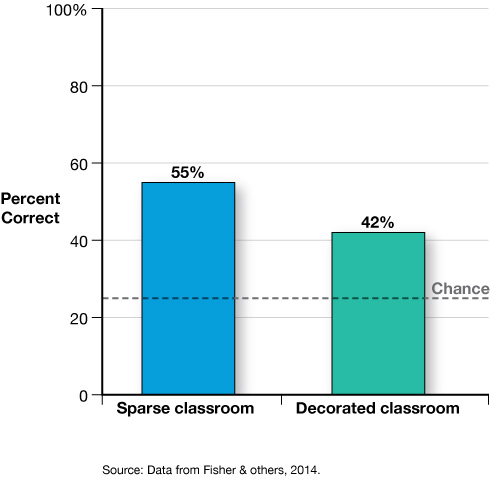
9.5 Consider Alternative Explanations
3.
Consider Alternative Explanations
9.5.1 Are Sparse Classrooms <em>Always</em> Better?
This study was an experiment, so we can draw a causal conclusion. We have evidence that kindergarteners tend to perform better in sparse classrooms than in decorated classrooms. So why is the claim that decorated classrooms are best so pervasive? Let’s consider the type of learning. Students in this experiment had a science lesson in which they listened to an instructor read aloud from an informational book and then answered questions about what they learned. They had to remember facts and apply this information to answer questions. But does all science learning look like this?

Or does some science learning look like this?
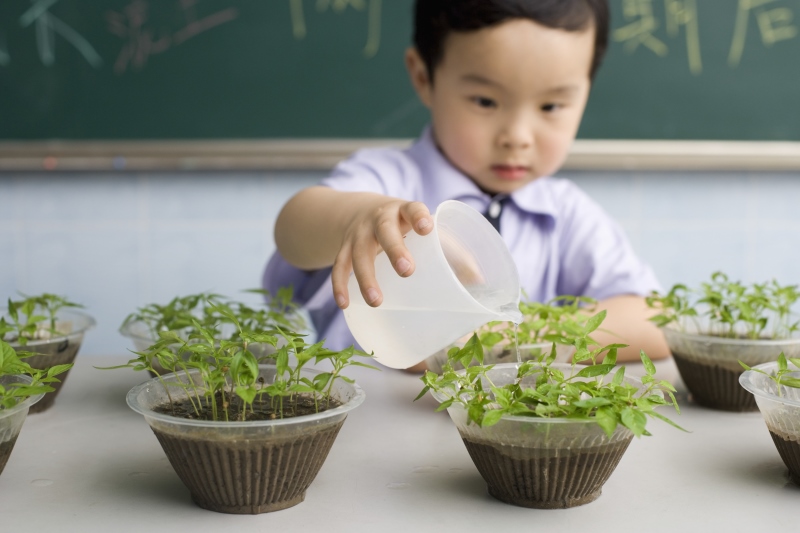
9.5.2 Are Decorated Classrooms <em>Ever</em> Better?
Some types of learning might not benefit from a sparse classroom environment. In a typical kindergarten classroom, you might see children singing and playing musical instruments, manipulating toys, or engaging in a game involving physical activity. What general skills are being taught in these activities? For example, in the science lesson described above, the general skill is remembering new information. Look at these photos of kindergarteners. In the box alongside each photo, write one skill that is being learned.
(You must write a response for each photo before advancing to the next screen.)
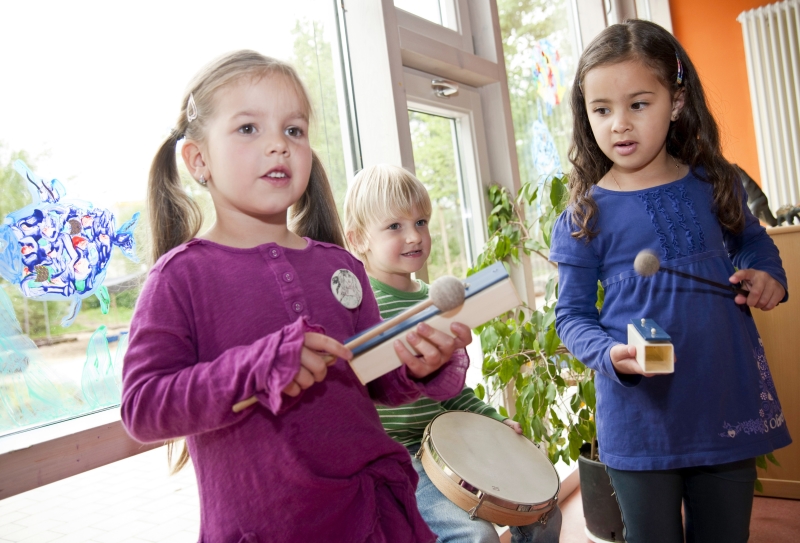
Question 2.
Q3DIROkor6NzEZeAiPDSS/IAzwmfakGoA/su0GMtggtx0BAss4SyvY3eEm40VIMxXgALD86lbuQ6N5LIm7VuGQGlso6xVvYpMIie8Cn0bffsITlBlX7JrY611/bGeI3bMWGpzOi+lpXqeM6XmQGynLkZvrGaLvi2mES5nN180H4h+DmHVvhLzbNGou0jyNgGspnDdlFgJNZv5IM9n7GZBytaYmbbqGZey8rbwBX2duo/zlcaZV8p4P+0VuFsTHoirJa7oJekT7HjRzDY7KtVU2QvBjexkCoGOTuZvZrYxvI=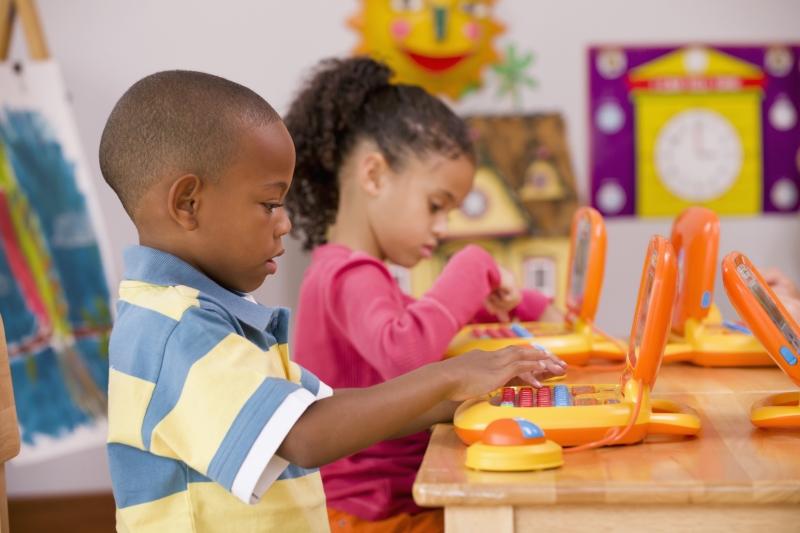
Question 3.
1c2XEePGuWgGLdLoxDUfrlVMi3Ikz+csBM3ngo/qS+Q7+v6UDeQg+5AmGijKiGzZoFLFyKELd8E3CrLmy6NrxDY3OIK8mp4Ng+6oaw0254i2xSTOfh/v3I3vxV/9pe/+NuUhkmEyHgIGNirBoQyQhS2ynQhxHTbV+9eV8wHSL43p7oAfIbWsSarTSAA8aILBu1PCqLjXstzch8o3BcUtN1pct2JHbvQKzPFDPilY+DFrWgpkfNrCYSeC2MY=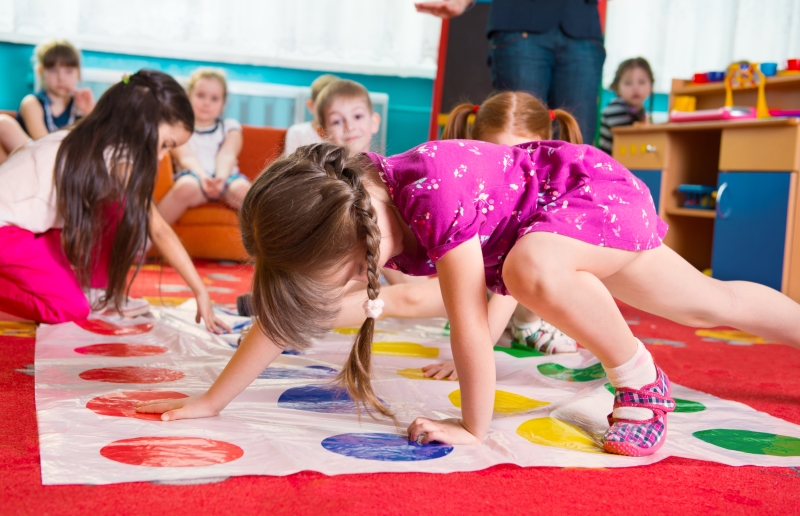
Question 4.
hSSLLJnrgFOps/YIC3ZBh41XZTnUAzT//28ERsYOiXcgoRATtstsdtltxAZHJRvR2I1BPd0VjddwN+de2beVUjkTgrX05AnloRNRm5KHs6fRPjAG69PIrVoXPWyc1b2xORH1mzOiZlfUl0lCFOUFoYurN9uP3yuabM20dOEGFNZE/uJDdtmOgambURC8wWZFNb+7FSRTO+UDrI7dtnBHuxmDQ5+8V2I1U5IIq8WfBoYQKBkPFrom the experiment run by Dr. Fisher and her colleagues, we can’t know whether the types of learning shown in these photos might also be affected by classroom type. We also can’t know whether this finding would be true for older students. And we can’t know whether some kinds of decorations might be helpful. One study, for example, suggests that young students learn better when they have a sense of “ownership” of their classroom, which can include having their own art on the walls (Barrett & others, 2017).
It remains for future experiments to expand on Fisher’s work. As critical consumers of information, we should be cautious about applying the results of one study to different situations. On the other hand, we should not discount this research. It is an important and interesting finding that, at least in some situations, kindergarten students get distracted and then don’t learn as well in the typical, highly decorated classroom.
9.6 Consider the Source of the Research or Claim
4.
Consider the Source of the Research or Claim
9.6.1 Common Sense Versus a Scientific Finding
Earlier, you described the ideal classroom. You wrote:
New Paragraph
Did you describe a highly decorated classroom? Most people do. Remember the Web site from earlier in this activity? It claimed: “An exciting classroom encourages learning. Who likes to study or attend class in a room without color or pictures to make it interesting?” The source of this claim is our “common sense.” It just seems strange to have a sparse kindergarten classroom. It seems as if a decorated classroom would be more welcoming and more fun, and therefore better for learning. But common sense is not always supported by research. That’s why scientific thinking is so important.
At least for learning facts and answering questions about those facts, research shows that the sparse classroom is better for kindergarteners than the decorated classroom. Sometimes scientific findings reveal that “common sense” ideas aren’t true.
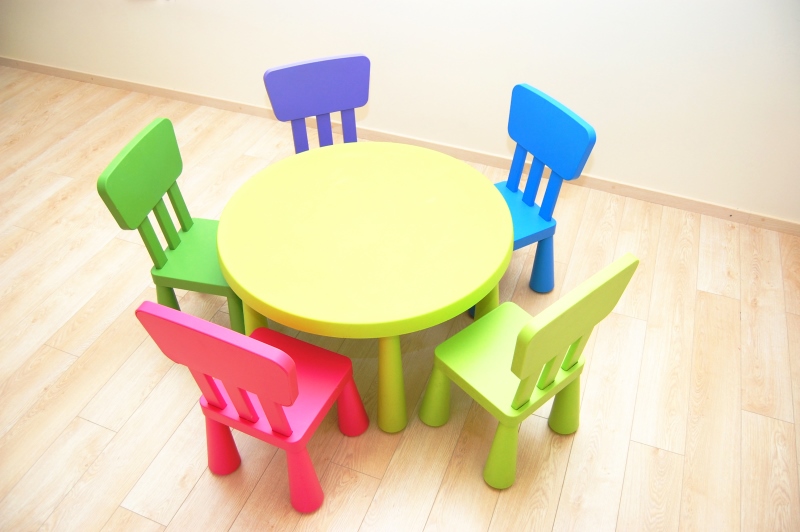
9.6.2 Common Sense and a Scientific Finding
Were you surprised by the results of the experiment because they conflicted with common sense? Or did the findings make perfect sense to you once you knew more about young children’s tendency to be distracted? Unexpected findings sometimes seem perfectly obvious after we know the outcome of a study. But as the saying goes, hindsight is 20/20. In hindsight, we are looking at the question about learning environments in a new context—distraction. Before we know the outcome, however, our “common sense” guess may be completely wrong, even for those of us who spend our lives doing this kind of research.
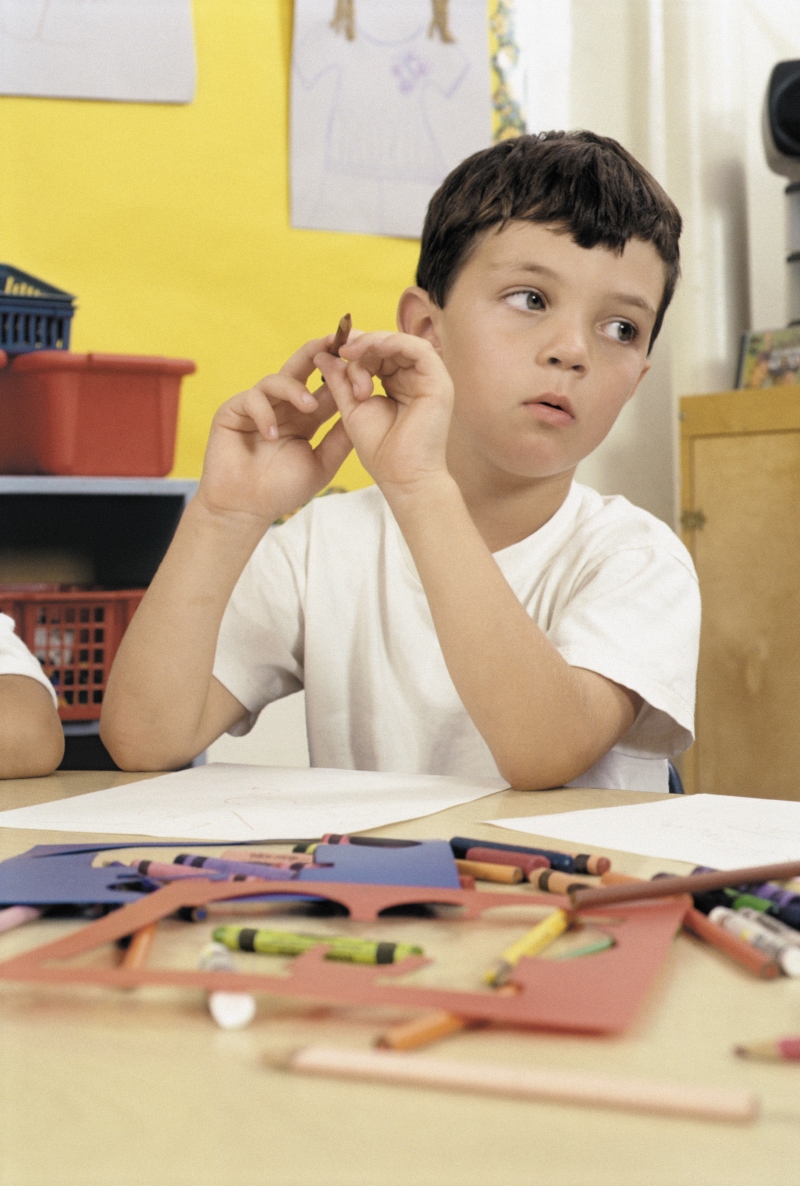
9.7 Assessment
5.
Assessment